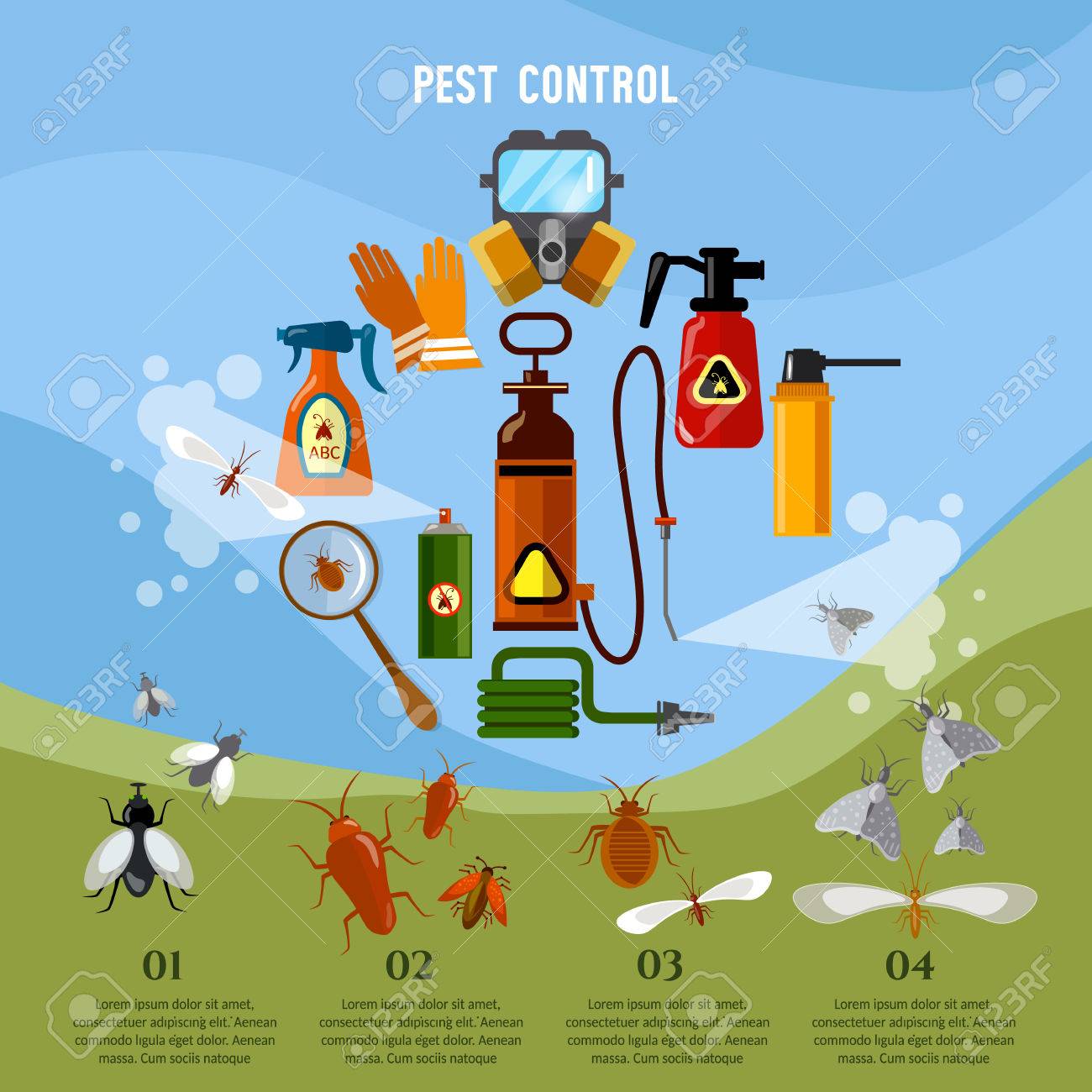The Advantages And Disadvantages Of Chemical Bed Pest Treatments: What You Need To Know
The Advantages And Disadvantages Of Chemical Bed Pest Treatments: What You Need To Know
Blog Article
Material By-Christoffersen Engberg
Did you know that bed insects are among the most challenging pests to get rid of? If you're taking into consideration chemical therapies to eliminate these pesky animals, it is necessary to consider the advantages and disadvantages.
In this short article, we'll discover the efficiency of chemical bed pest therapies, the prospective health risks associated with them, and their influence on the environment.
By comprehending these factors, you'll be better geared up to make an educated choice about tackling your bed bug problem.
Performance of Chemical Bed Bug Therapies
You will be pleased to know that chemical bed insect treatments are generally fairly effective in eliminating invasions. These treatments work by targeting the bed insects' nerve system and disrupting their ability to feed and duplicate. By using chemicals particularly made to eliminate bed bugs, you can efficiently eliminate them from your home.
Among the benefits of chemical therapies is their capacity to reach even the most hard-to-reach areas, such as cracks and crevices where bed bugs like to conceal. Additionally, chemical therapies can give lasting outcomes, helping to avoid future problems.
Nevertheless, it is necessary to adhere to the instructions very carefully and take required safety and security preventative measures when making use of these therapies.
Potential Wellness Threats of Chemical Bed Bug Therapies
There are a number of possible health and wellness threats connected with chemical bed bug treatments that you need to know. While these therapies can efficiently eliminate bed bugs, they might likewise present threats to your health and wellness.
One common risk is the exposure to hazardous chemicals. The pesticides used in these treatments can be harmful if breathed in or if they come into contact with your skin. Some individuals might experience allergic reactions or breathing problems as a result.
Furthermore, chemical treatments may leave behind residue on surfaces, which can be consumed or taken in with the skin, resulting in further health issues.
It's important to thoroughly comply with the guidelines provided by specialists and take essential preventative measures to decrease the possible wellness dangers related to chemical bed insect therapies.
Environmental Impact of Chemical Bed Bug Therapies
One potential interest in chemical bed bug therapies is their effect on the setting. When taking into https://www.nbclosangeles.com/local-2/laas-offers-tips-for-keeping-pets-safe-over-easter-holiday/3131507/ of chemical bed pest treatments, below are 4 essential elements to remember:
1. Pesticide drainage: Chemical therapies can possibly pollute water sources, leading to damaging impacts on marine life and ecosystems.
2. Air air pollution: The launch of chemical fumes during treatment can add to air pollution, impacting not only the environment yet likewise human health and wellness.
3. Harm to beneficial insects: Chemical therapies may not just target bed pests however additionally injury valuable insects such as and butterflies, which play important functions in pollination.
4. Long-lasting results: The use of chemicals may have long-term effects on the environment, consisting of dirt contamination and disturbance of all-natural ecosystems.
Thinking about please click the following post , it's essential to weigh the prospective dangers and benefits of chemical bed bug therapies and check out alternative, much more environmentally friendly choices.
Verdict
So, when it concerns chemical bed bug therapies, there are absolutely pros and cons to consider.
On Emergency rodent control during outbreaks , they can be very efficient in doing away with these pesky insects.
Nevertheless, there are possible health and wellness dangers to be knowledgeable about, in addition to the ecological impact of using chemicals.
It is essential to consider these variables thoroughly prior to deciding on a therapy approach.
However, suppose there was an additional solution? Something that could effectively remove bed pests without the downsides?
Remain tuned, because there could just be an unusual choice coming up.
